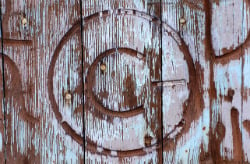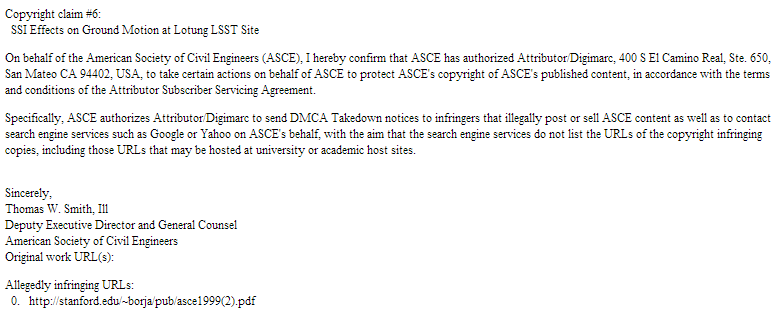 One of the core pillars of academic research is sharing. By letting other researchers know what you do, ideas are criticized, improved upon and extended.
One of the core pillars of academic research is sharing. By letting other researchers know what you do, ideas are criticized, improved upon and extended.
Unfortunately it’s not always easy for academics to share their work. Most of the top publications are being monetized by major publishers, which means that they are locked behind a paywall that’s not open to the public.
To make their work easier to access, many researchers host copies of their work on their personal profiles, usually hosted by their university. Interestingly, however, this usually means that they are committing copyright infringement.
This is because most of the top publications ask the authors, who work for free, to sign away all their copyrights if they want their paper to be published.
While many journals allow this type of limited non-commercial infringement by the authors, the American Society of Civil Engineers (ASCE) clearly doesn’t. The professional association publishes dozens of journals and during the past few weeks began a crack down on “pirating” researchers.
The publisher has hired the piracy protection firm Digimarc to police the internet for articles that are posted in the wild. As a result, universities all across the globe were targeted with takedown notices, which were also sent to Google in some cases.
The list of rogue researchers is long, and includes professors from MIT, Stanford, Northwestern University, University of Washington, UC Berkeley, University of Michigan, University of Wisconsin–Madison and many international universities.
In the takedown notices Digimarc writes that the publisher has authorized their company “to send DMCA Takedown notices to infringers that illegally post or sell ASCE content.” In other words, ASCE is branding their own authors as pirates because they’re sharing the own work. Below is an example of a takedown notice for a paper written by Ronaldo Borja, Professor, Department of Civil and Environmental Engineering at Stanford.

In this case the article is still available on the Stanford website, and Google has also refused to take it out of their search results. The same is true for articles published on the websites of MIT and UC Berkeley. However, there are other universities which have indeed disabled access to the articles in question.
Several articles posted on the websites of the University of Wisconsin–Madison and the University of Texas have disappeared, for example. University of Michigan Professor Radoslaw Michalowski also removed an article that was linked from his list of publications.
The question remains whether ASCE is wise to target their own authors, and the universities who pay them. After all, the publisher relies on these very people to keep its journals filled. In any case, it’s a sad state of affairs for these researchers to put years of hard work into their articles, only to be told they can’t share them with the world.






